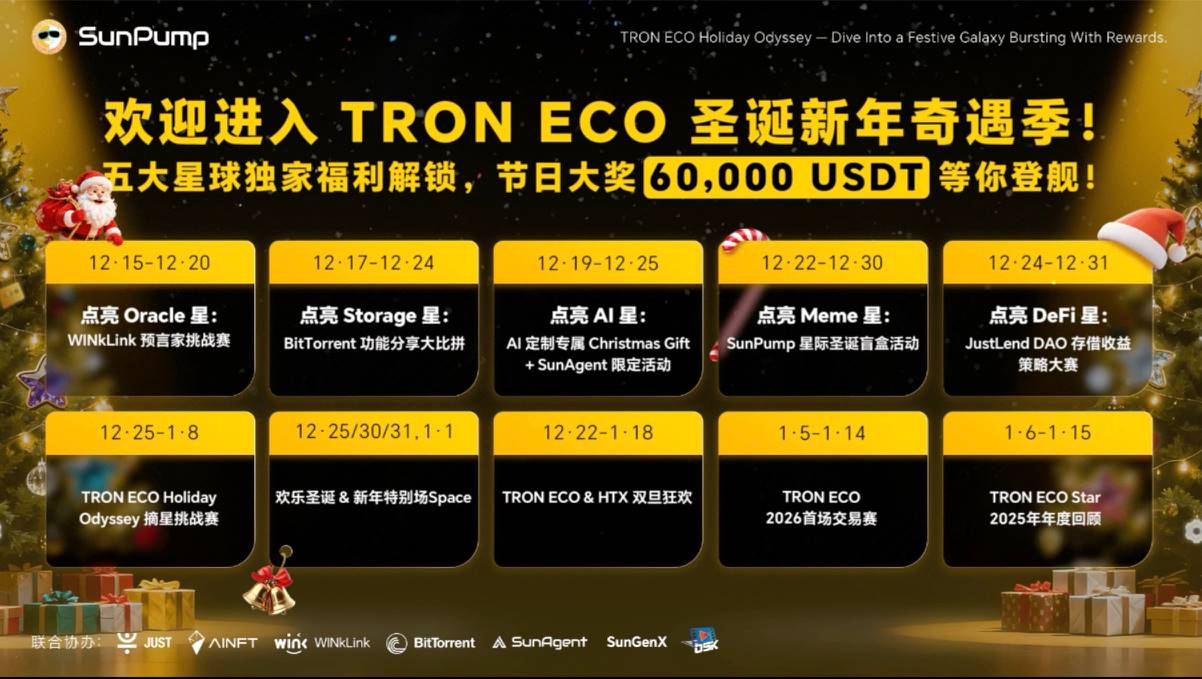The Case for XRP: How the First Spot XRP ETF Catalyzes Institutional Adoption and Long-Term Value Creation
- SEC's August 2025 ruling confirms XRP is not a security in secondary markets, resolving a decade-long dispute with Ripple. - Seven major asset managers submitted revised XRP ETF applications, with potential $5-8B institutional inflows driving price targets of $10-$15. - XRP's 3-5 second settlement speed and 70% lower cross-border payment costs position it as a superior bridge asset compared to Bitcoin and Ethereum. - Regulatory clarity and RippleNet's 90+ market adoption create a durable moat despite ris
The financial world is on the cusp of a transformation driven by digital assets, and XRP stands at the intersection of regulatory clarity, institutional demand, and technological utility. As of August 2025, the U.S. Securities and Exchange Commission (SEC) has resolved a decade-long legal dispute with Ripple, affirming that XRP is not a security in secondary trading. This landmark ruling, coupled with the pending approval of the first spot XRP exchange-traded funds (ETFs), marks a pivotal shift in how institutional investors perceive and engage with digital assets. For XRP, this is not merely a regulatory victory but a catalyst for long-term value creation.
Regulatory Progress: A New Era of Clarity
The SEC's August 2025 dismissal of its lawsuit against Ripple was a watershed moment. By ruling that XRP is not a security in secondary markets, the agency removed a critical legal barrier to institutional adoption. This decision forced a reevaluation of XRP's classification under U.S. securities law, aligning it with the broader trend of distinguishing utility-driven tokens from speculative ones.
The regulatory landscape has since evolved into a more constructive phase. Seven major asset managers—Grayscale, Bitwise, 21Shares, and others—have submitted revised XRP ETF applications, addressing the SEC's concerns about liquidity and redemption mechanisms. While the SEC has delayed final decisions until October 24, 2025, this delay is procedural, not adversarial. Analysts interpret it as evidence of the SEC's cautious but deliberate effort to integrate digital assets into traditional financial frameworks. The precedent set by Bitcoin and Ethereum ETF approvals in 2024 further strengthens the case for XRP's inclusion.
ETF-Driven Demand: Unlocking Institutional Capital
The approval of a spot XRP ETF would be a game-changer. In Canada, Purpose Investments' XRPP and Evolve ETFs have already demonstrated the viability of XRP as an institutional asset. If U.S. regulators follow suit, the resulting inflows could be transformative.
Consider the math: A $5–$8 billion influx into XRP ETFs could drive the token's price to $10–$15, assuming current market capitalization. This is not speculative hype but a function of institutional demand. XRP's utility in cross-border payments and its role as a bridge asset between fiat and digital currencies make it uniquely positioned to absorb such capital.
Moreover, the SEC's engagement with ETF providers has focused on structural safeguards—custody solutions, arbitrage mechanisms, and liquidity management. These measures ensure that XRP ETFs will be robust, institutional-grade products. The October 2025 deadline has already spurred strategic buying, with over 310 million XRP tokens (valued at $1 billion) accumulated during recent price dips.
Utility Advantages: XRP's Edge Over Bitcoin and Ethereum
XRP's value proposition lies in its design. Unlike Bitcoin and Ethereum, which prioritize store-of-value or smart contract capabilities, XRP is engineered for speed and efficiency. Transactions on the XRP Ledger settle in 3–5 seconds, with fees under $0.01. By contrast, Bitcoin's 10-minute settlement time and Ethereum's 15–30 seconds, coupled with higher volatility and gas costs, make them less practical for institutional use cases.
Ripple's cross-border payment network, RippleNet, has already demonstrated XRP's real-world utility. With 90+ markets and 55+ currencies supported, XRP reduces pre-funding costs by up to 70% and cuts remittance fees by 50% in key corridors. Partners like Tranglo and Onafriq have reported exponential growth in On-Demand Liquidity (ODL) volume, proving XRP's scalability.
Beyond payments, XRP's integration with decentralized finance (DeFi) is accelerating. The XRP Ledger's automated market maker (AMM) and Ethereum Virtual Machine (EVM) sidechain enable yield generation and smart contracts while maintaining energy efficiency. This hybrid model positions XRP as a bridge between traditional finance and decentralized ecosystems.
The Investment Case: Balancing Risk and Reward
For investors, the case for XRP hinges on three pillars: regulatory tailwinds, ETF-driven demand, and utility-driven adoption. The October 2025 deadline for SEC decisions is a critical inflection point. If approved, XRP ETFs could replicate the success of Bitcoin and Ethereum ETFs, attracting billions in institutional capital.
However, risks remain. Competition from stablecoins and central bank digital currencies (CBDCs) could erode XRP's market share. Regulatory shifts in other jurisdictions, such as the European Union, also warrant monitoring. Yet, XRP's first-mover advantage in cross-border payments and its role in bridging traditional and digital finance provide a durable moat.
Conclusion: A Foundation for the Future
XRP is not just a token—it is a foundational asset in the evolution of global finance. Its regulatory clarity, institutional adoption, and utility advantages position it as a compelling investment for those seeking exposure to the next phase of digital infrastructure. As the SEC's October 2025 decision looms, the market is poised to reward early adopters who recognize XRP's role in reshaping cross-border payments, DeFi, and institutional portfolios.
For investors with a medium-term horizon, XRP offers a unique combination of regulatory progress, demand catalysts, and real-world utility. The first spot XRP ETF is not merely a product; it is a signal that the institutional era of digital assets is here.
Disclaimer: The content of this article solely reflects the author's opinion and does not represent the platform in any capacity. This article is not intended to serve as a reference for making investment decisions.
You may also like
samczsun: The Key to Crypto Protocol Security Lies in Proactive Re-Auditing
Bug bounty programs are passive measures, while security protection requires proactive advancement.

Millennials with the most cryptocurrency holdings are reaching the peak of divorce, but the law is not yet prepared.
The biggest problem faced by most parties is that they have no idea their spouse holds cryptocurrency.

Using "zero fees" as a gimmick, is Lighter's actual cost 5–10 times higher?
What standard accounts receive from Lighter is not free trading, but rather slower transactions. This delay is turned into a source of profit by faster participants.

Prize pool of 60,000 USDT, “TRON ECO Holiday Odyssey” annual ecological exploration event is about to begin
TRON ECO is launching a major ecosystem collaboration event during Christmas and New Year, offering multiple luxurious benefits across the entire ecosystem experience!
